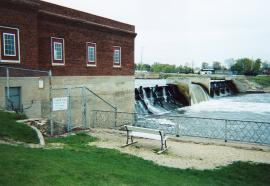NERC Knows Best?
FERC this year must select a reliability czar. But the obvious choice could prove less than ideal.
NERC up until now has been, in its own words, “a self regulatory organization, relying on reciprocity, peer pressure, and the mutual self-interest of all those involved in the electric system.” Nevertheless, can this tradition of kind, gentle, and voluntary consensus-building stand NERC in good stead as it seeks to transform itself in to a steel-fisted czar that would enforce mandatory standards?











